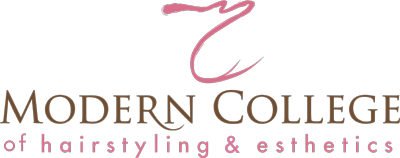Something that should be made crystal clear to everyone who desires that sun-kissed glow is that there is no such thing as a “safe” suntan. Skin experts know that anytime a person exposes their skin to the sun (or harmful UV rays), they risk getting skin cancer, premature wrinkles and painful sunburns. That being said, there are some precautions that can be taken to ensure you get as much protection as possible when exposed to the sun. And of course, estheticians know that there are also alternative tanning methods that do not require sun exposure at all.
Students pursuing esthetics careers will learn about the methods, techniques and safety procedures for achieving sun-kissed glowing skin. With this knowledge, they can offer professional advice to future clients who may be looking for ways to tan safely. Read on for a quick guide to safety practices while sun tanning, as well as alternative tanning methods.
Estheticians Know What a Tan Really Represents
In esthetics colleges, students learn that the skin produces a substance called melanin when it is exposed to the sun and absorbs ultraviolet radiation. Melanin darkens the outer layers of the skin and produces a tan. While the appearance of tanned skin is desirable today, it is actually a visible sign that the skin has suffered sun damage.
Certified Estheticians Strongly Recommend Using Sunscreen
Many people make the mistake of leaving the sunscreen at home when they go tanning, but this only increases the chances of getting burned. When sunscreen is applied to the body, only some UV rays are able to penetrate the skin’s surface, resulting in a slight tan.
The sun protection factor (SPF) refers to the amount of radiation that will reach the skin while wearing sunscreen. For example, SPF 30 means that 1/30th of the sun’s UV rays can reach the skin. Professionals know that the SPF level of sunscreen should be selected according to skin type. For instance, people with fair skin should always use sunscreens with a higher SPF (30-60) since they can generally get burnt within the first 15 minutes of sun exposure, whereas those with darker skin can handle a lower SPF.
The time of day also plays a major role in the process of tanning. The sun’s UV rays are strongest between the hours of 10:00am and 2:00pm, so it’s important to try and avoid long periods of sun exposure during this time. The reapplication of sunscreen every 20 to 30 minutes will also prevent overexposure.
Alternative (Sunless) Tanning Methods
Once you graduate from esthetics school and become a working professional, you will have clients inquiring about alternative methods of tanning. Since many people have become wary and cautious of too much sun exposure (and rightfully so), there are a few other options for achieving a sunless glow. These options include: self-tanning lotion, spray tan and makeup.
Are you interested in taking esthetics courses? Find out more about Modern College’s esthetics program.


Trackbacks/Pingbacks